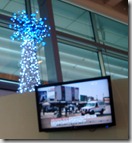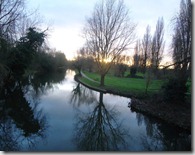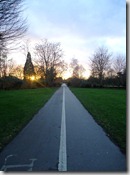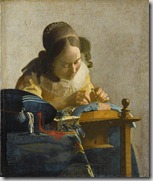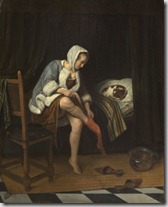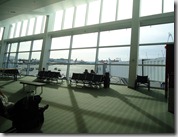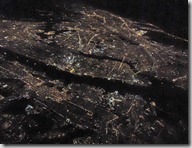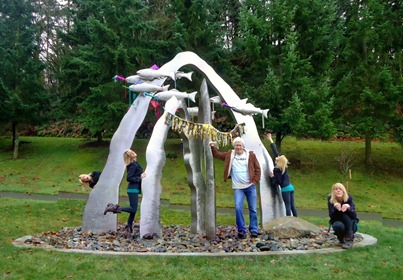Weekend miscellany
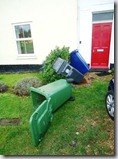 A bit of a windy start to the New Year here in Cambridge. The weather is warm and wet, but very strong winds rattling the windows and whistling over the roof. No damage, but an artistic layout of the trash cans in front of the apartment. I righted them, but they were back in the same arrangement an hour later. There’s no winning against Nature.
A bit of a windy start to the New Year here in Cambridge. The weather is warm and wet, but very strong winds rattling the windows and whistling over the roof. No damage, but an artistic layout of the trash cans in front of the apartment. I righted them, but they were back in the same arrangement an hour later. There’s no winning against Nature.
I have a lot of catching up to do in the coming week (I’ve been joking that I’m not even able to keep ahead of organizing my to-do list, much less shrinking it…
- Clean your apps: mypermissions.org is a free website / utility suggested to me by a US-based friend. It scans your add-ins for Facebook, twitter, Google, etc and brings the permission settings out into the open. Most settings can be modified through the app, and I’s a great tool for getting some transparency and control over your social networking sites.
- Wire your money: I’m paying my business invoices and hit an especially large one from a vendor in the Netherlands that needs to be paid with cash in the US. I asked the bank to fill in all the wire details and track / verify the transaction, always a good practice since money that goes astray because instructions are mis-typed is not easy to recover. I checked the exchange rate: the WSJ rate is $1.277 /euro: the bank quotes $1.322/ euro plus a $30 fee. On a 10K transfer, that is a $450 excess charge. It doesn’t depend on how fast the money is sent, only on the amount: more than 25K$ must go to get a better differential.
- Western Union, World First, and American Express offer somewhat better rates: their service are free, but involve filling in a lot of paperwork and getting interviewed. I suppose that’s a sign of our political and economic times.
- Frustratingly, after three days of emailed questions, AMEX rejected my application out of hand, despite a longstanding business card relationship. Their condescending note refused to give a reason, but their interview questions centered on what a BV is and why my US company address matched my home address.
- Anyone have better ideas?
- Understand your British (or Americans): It took me a long time to sort out that when you ask Brits whether they want something, “I don’t mind” means yes. In the US, it’s sort of a grudging acceptance at best (“if you must”, unless you say the whole “Don’t mind if I do”, which means “Yes!”). Reciprocally, it’s become obvious that their ear is not tuned to the difference between “That’s fine”, which means ‘yes, I would, please’, and “I’m fine”, which is ‘no more, thank you’.
- Only the Dutch is more confusing, in which ‘yes’ sometimes means ‘yes, I don’t want any more’. I’ve taken to just leaving the plate of cookies in the middle of the table. I know, very un-Dutch.
- Catch up on your reading: Growing up, I read a lot of science fiction. Over the years, I fell away from it as the genre was overtaken, first by New Wave literature that was nonlinear and unreadable, then by fantasy, and finally by serializations of TV shows and movies. Classically “Hard SF” is difficult to find, I subscribe to author David Brin’s twitter stream (and I’m a big fan of Startide Rising and his writings on information privacy), and he recommended Best SF Books, a very nice compilation of SF authors, titles and reviews. This will leaven my sparse diet of Dutch language, China analysis, and “how to fix the financial system” readings of recent months.
 For some reason we’ve been getting some really spectacular sunrises and sunsets lately. With all of the wind and rain, the atmosphere should be pretty well scrubbed, so I’m not sure what’s causing it. But I am enjoying it.
For some reason we’ve been getting some really spectacular sunrises and sunsets lately. With all of the wind and rain, the atmosphere should be pretty well scrubbed, so I’m not sure what’s causing it. But I am enjoying it.
Disclaimer: All opinions are my own; I have not been solicited nor compensated for these comments.
Labels: Banking, British Culture, Other literature
